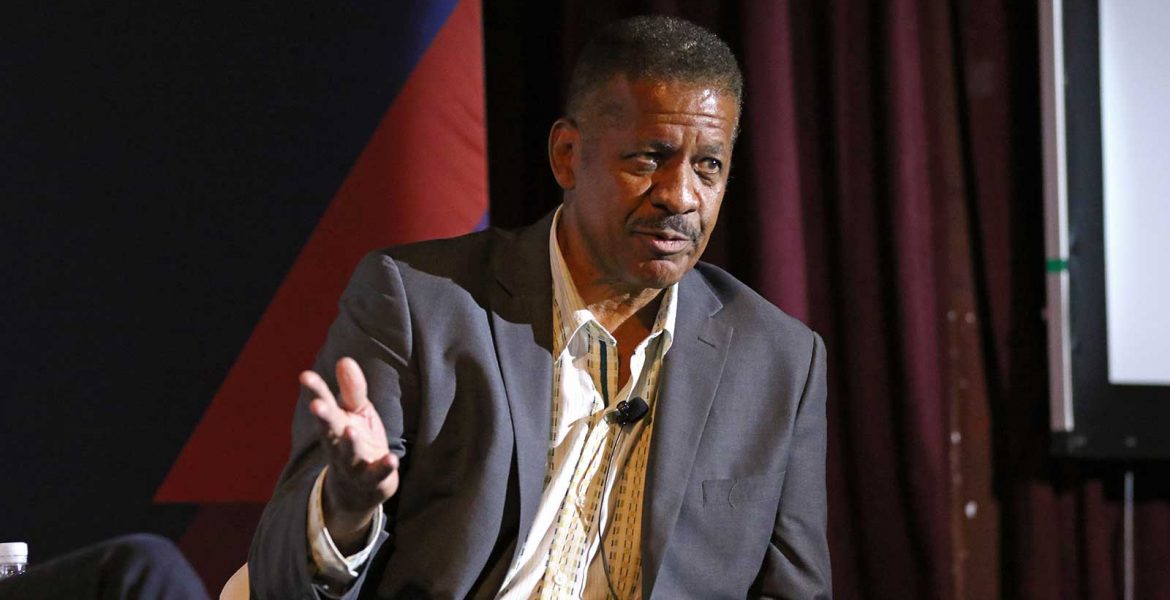Having an “if it ain’t broke, don’t fix it” mentality can be a major blind spot when it comes to cultures of diversity. In fact, Kevin Wertz, CEO of Campbell Ewald, believes this was the blind spot that lead Campbell Ewald into crisis in 2016.
Wertz described an annual survey that Campbell Ewald would send to their employees that included a question of whether employees believed they were being treated fairly. He stated that they received high marks for that question and that initially lead them to believe they were doing well. But then looking back on it, he said, they had an epiphany.
“I think if you rephrase that question and say, ‘we don’t treat people unfairly’ that’s the same question, it’s just worded differently, and in no part of our business do we see absence of a negative being a positive,” Wertz said. “Just simply not treating people poorly is not the same as being inclusive and making sure all employees want to show up every day, bringing their whole self to work.” Wertz said this is when they realized they needed to change and be proactive.
Terry Simmons, who worked as an external consultant to Campbell Ewald in the areas of diversity and inclusion, referred to their blind spot as “feeling good about just being neutral.” Along with neutrality, Simmons listed four other blind spots that he’s identified through reviewing workplace diversity surveys.
According to Simmons, delegating one person or a specific team to focus on workplace diversity and inclusion is one of those other blind spots. Instead, Simmons said everyone needs to be involved and included in the conversation. Not making diversity a priority is another blind spot for organizations. When diversity isn’t a priority, Simmons said, budgets for diversity programs tend to get cut first and can lead the programs just fading out.
Next, Simmons said feeling like diversity and inclusion comes naturally to you or your company is a big blind spot. He said this is a common misconception and everyone needs to be doing something to ensure inclusion. Finally, Simmons said simply being an executive can be a blind spot. Executives can become trapped in a bubble, according to Simmons, and employees will only tell executives what they want to hear. The executives then never realize how bad a problem can be.
Since identifying these blind spots, Campbell Ewald has created programs and opened conversations to drive change and create a more welcoming and inclusive organization. Ken Walker, Strategic Planner assisting with diversity and inclusion at Campbell Ewald, shared some of their new programs and events that include book clubs, film showings and panels of experts. These events allow participants to speak candidly with others to learn in a supportive environment.
Kari Shimmel, CMO at Campbell Ewald, recognized that the path to creating these events can be messy and feel uncomfortable or unsafe. But her advice to other organizations trying to follow this path is to embrace the uncomfortable and “don’t be afraid of messy.”
“Ultimately what we’re trying to do is not to create safe spaces but to create a space where you can ask unsafe things that create a dialogue for you to find empathy for one another,” Shimmel said.
Through their process of creating a culture of deliberate diversity, Campbell Ewald has been able to embrace their blind spots that once lead them into crisis. They’ve now realized that it’s not okay to just remain neutral and their advice to other organizations is to be proactive and make a change.
“I don’t really think leaders fear change as much as they fear the failure that can come with change,” Wertz said. “Don’t fear change. How ever fast you think you’re moving, you can probably move a hell of a lot faster.”

